Home
Latest about Home
-
-

How to keep bees out of hummingbird feeders — 5 expert methods to help them thrive
By Camilla Sharman Published
-

Forget Amazon Prime Day — I'm obsessed with REI's Patagonia sale right now
By Erin Bashford Last updated
-

I test cooling fans for a living — here's the 3 I’ll be looking out for this Prime Day
By Cynthia Lawrence Published
-

Get two for under $20 — Anker's SmartTrack link 2-pack is an affordable AirTag alternative
By Dave LeClair Published
-

This $99 Oral-B rechargeable toothbrush is half-off for Prime Day — don't wait to get it for $49
By Dave LeClair Published
-

This mosquito vaporizing gadget takes pests down with LiDAR-guided lasers in up to 6-meter kill zone
By Alyse Stanley Published
-
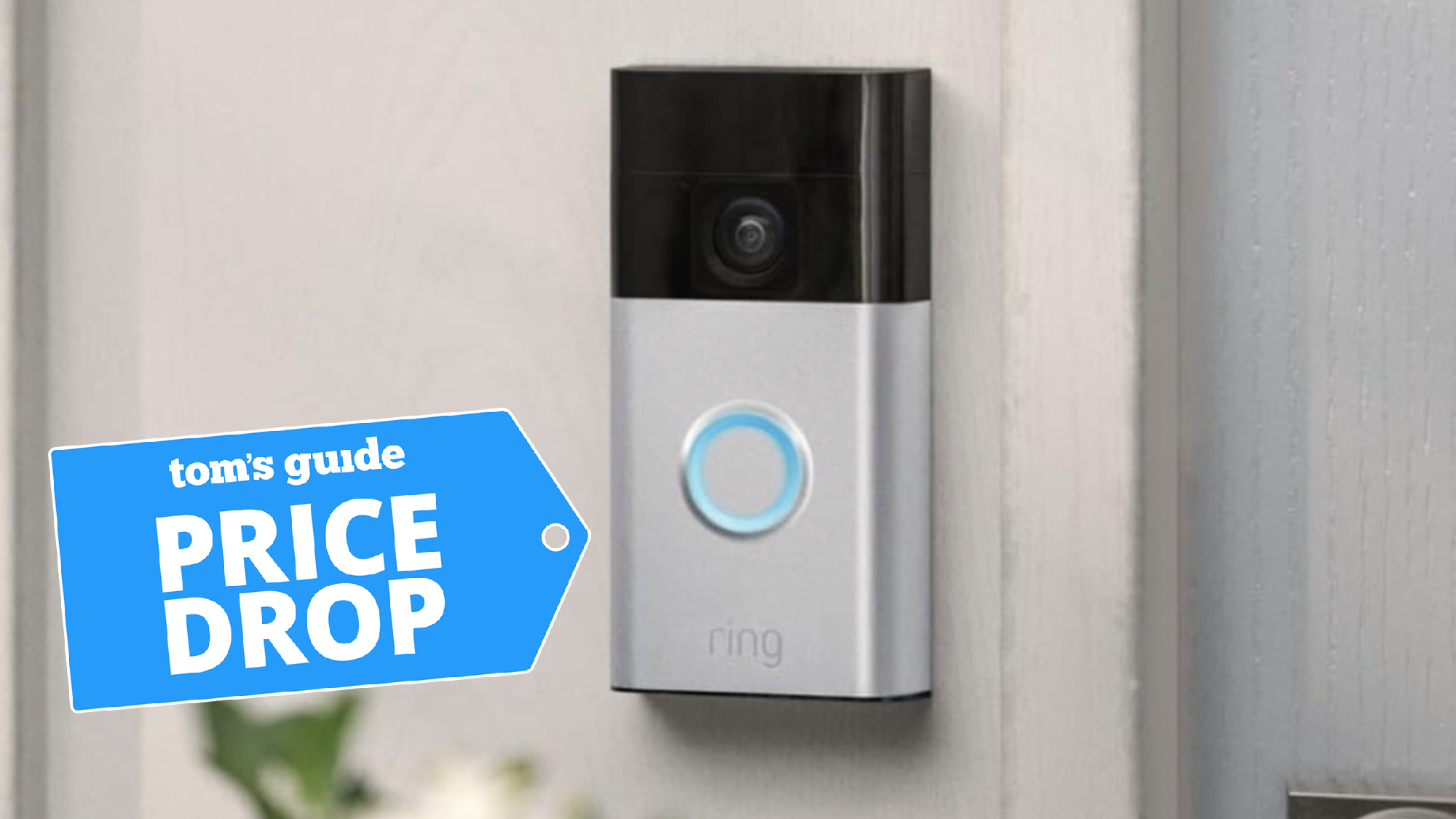
Huge Ring Prime Day sale — 7 deals I’d shop with up to 50% off doorbells, cameras and alarm systems
By Millie Davis-Williams Last updated
-
Explore Home
Home Appliances
-
-
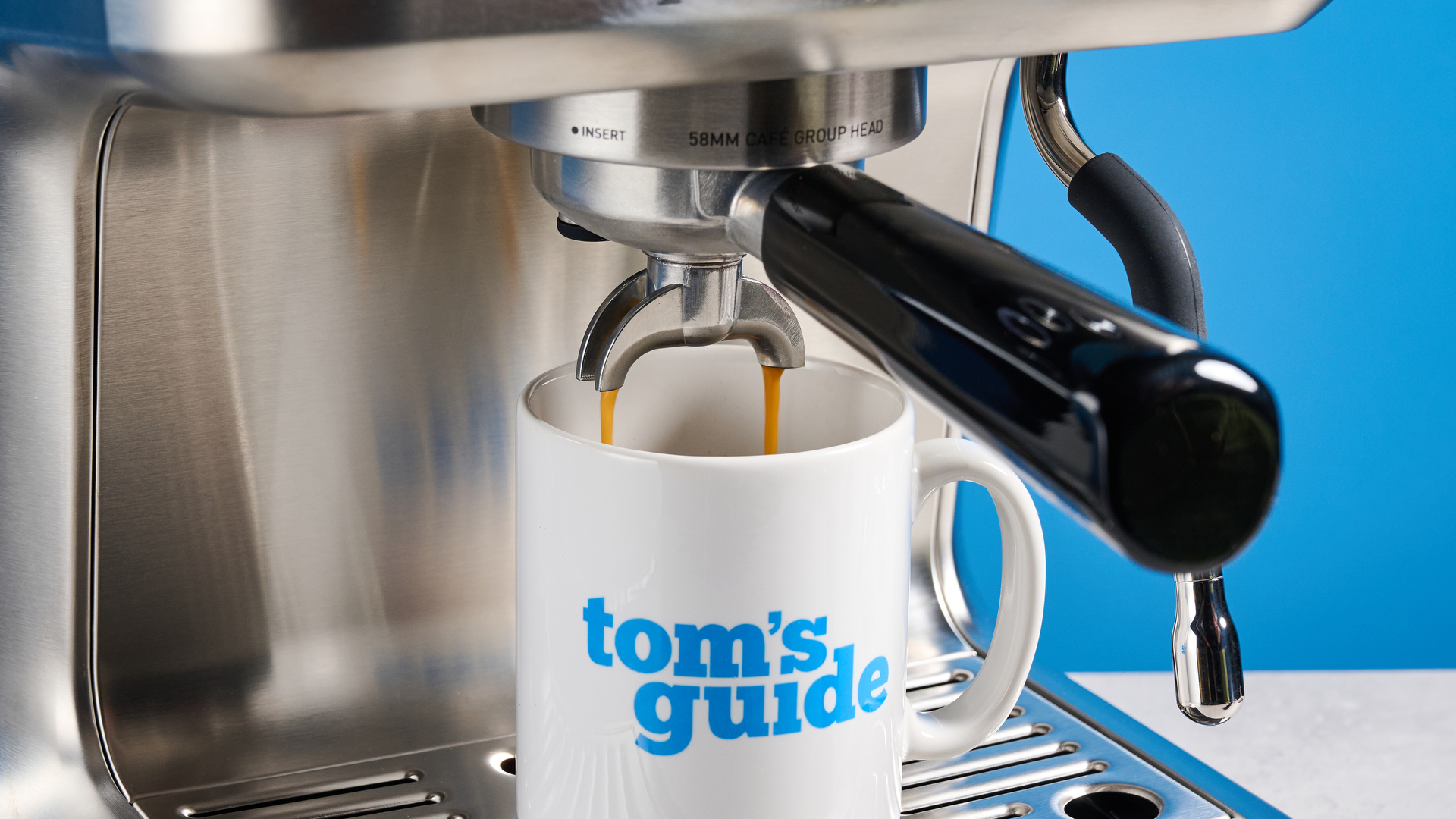
Could this $249 espresso machine be one of the cheapest ways to get decent espresso? Yes, but there's a catch
By Erin Bashford Published
-
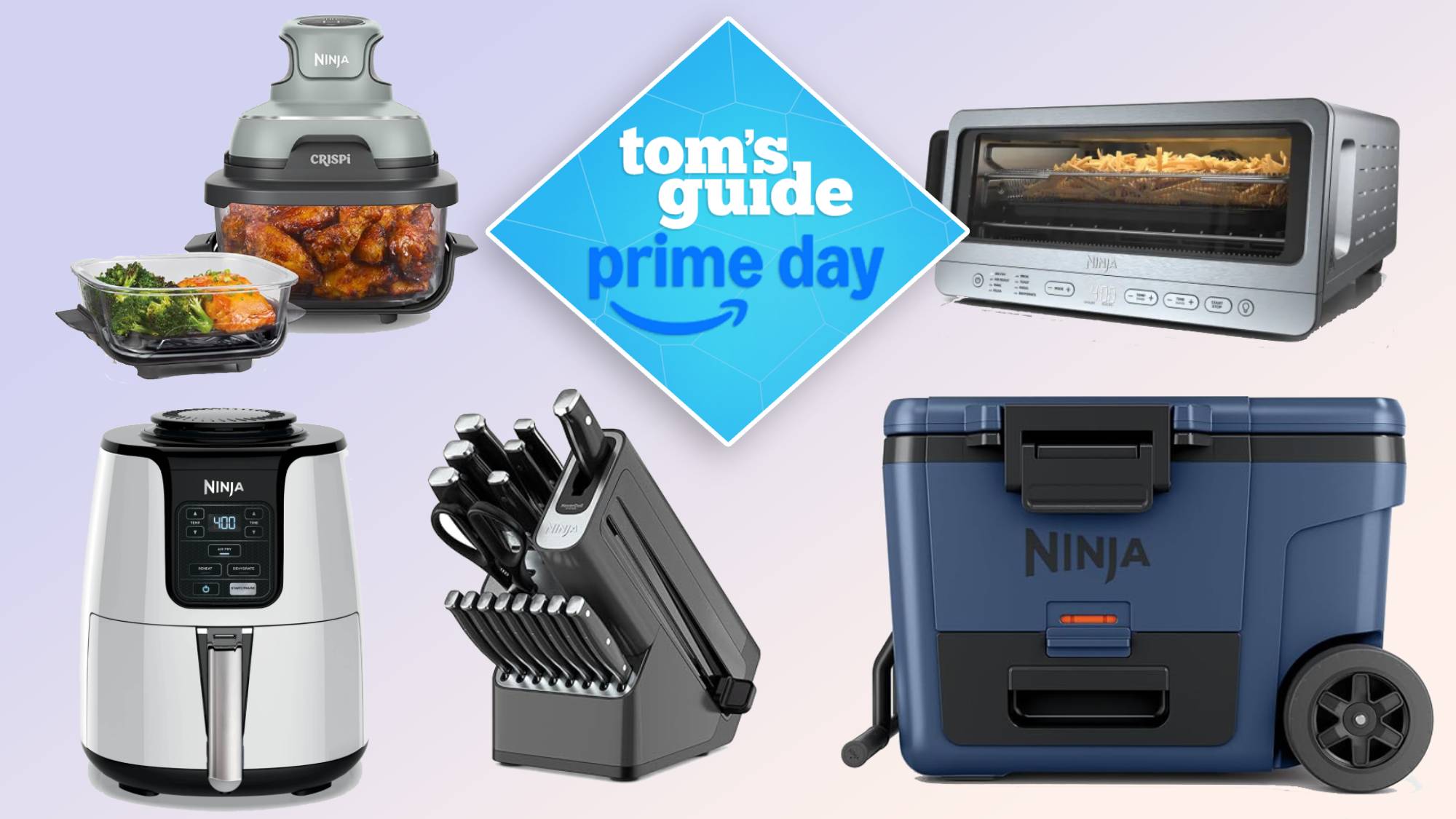
Huge Ninja Prime Day sale — save 40% on air fryers, blenders and more with these early deals
By Olivia Halevy Published
-
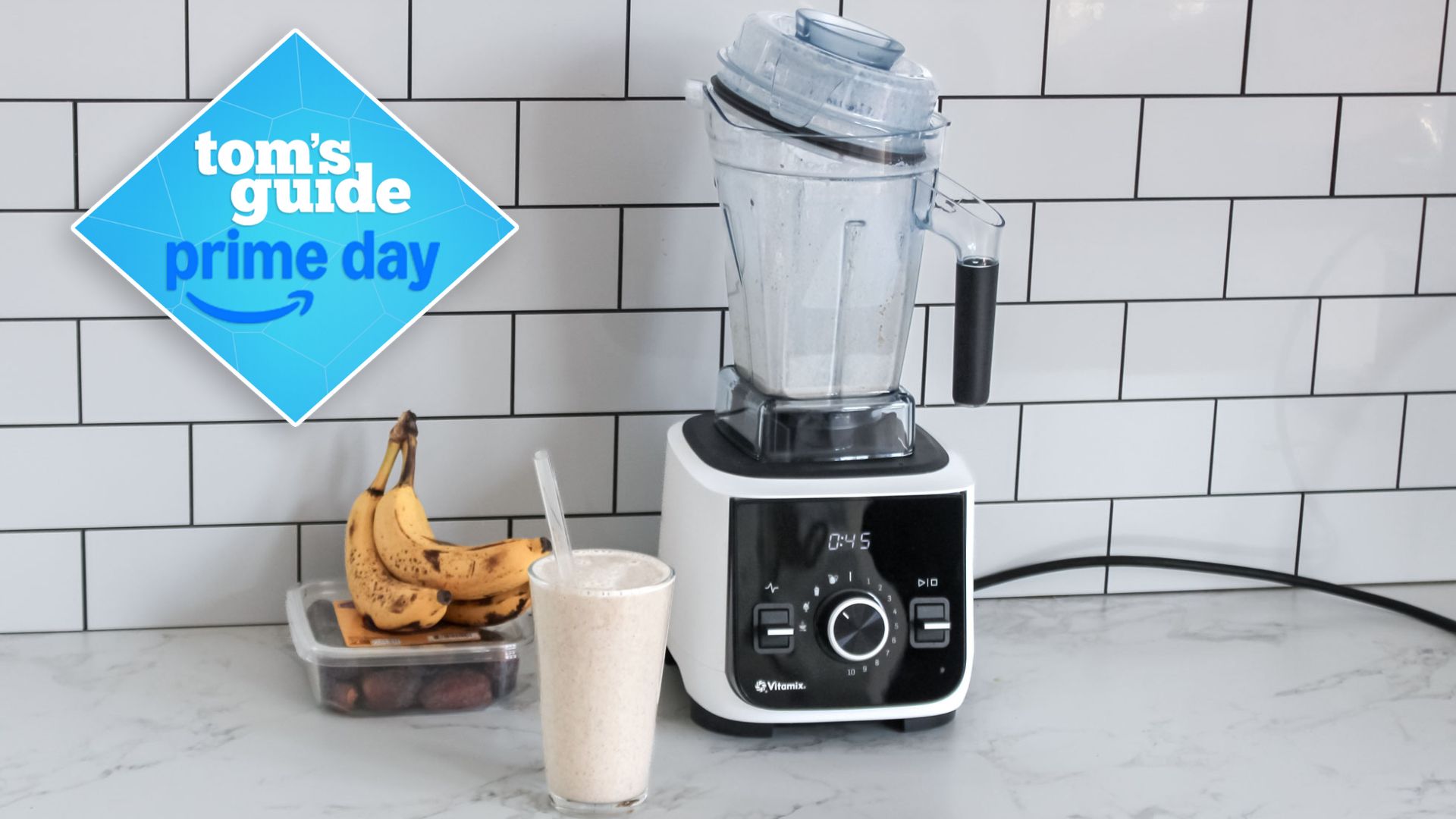
The Vitamix Ascent blender is the easiest 5-star review I've ever given, and it's $200 off for Prime Day
By Millie Fender Published
-

Casabrews has changed the game with the $249 Ultra espresso machine — it has one surprising feature I've never seen before
By Erin Bashford Published
-
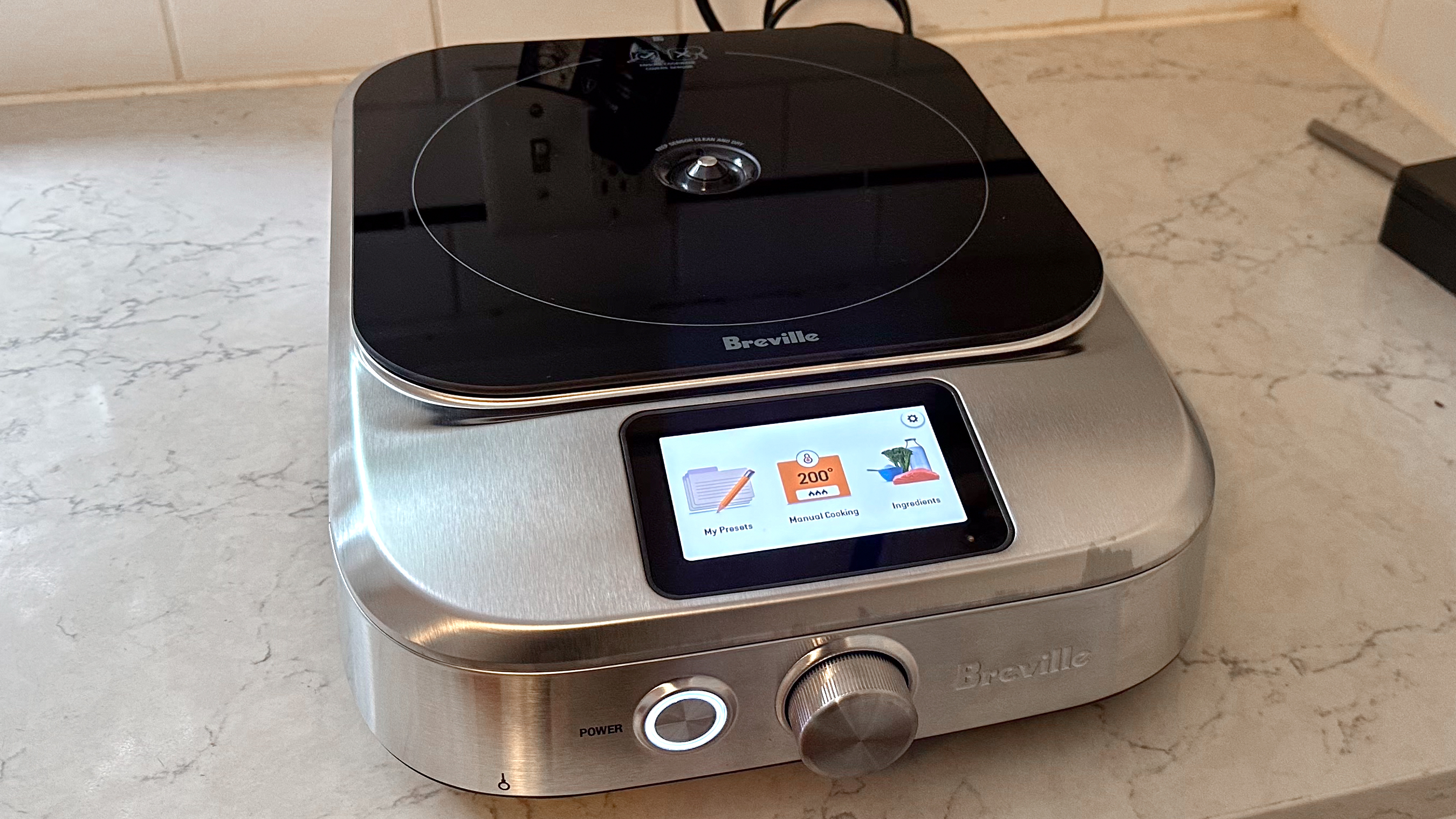
I’ve been using Breville’s portable induction stove for 2 weeks — and now I want to replace my gas range
By Mike Prospero Published
-

Breville espresso machines are almost never on sale, but right now this luxe touchscreen model is $200 cheaper in this early Prime Day deal
By Erin Bashford Published
-
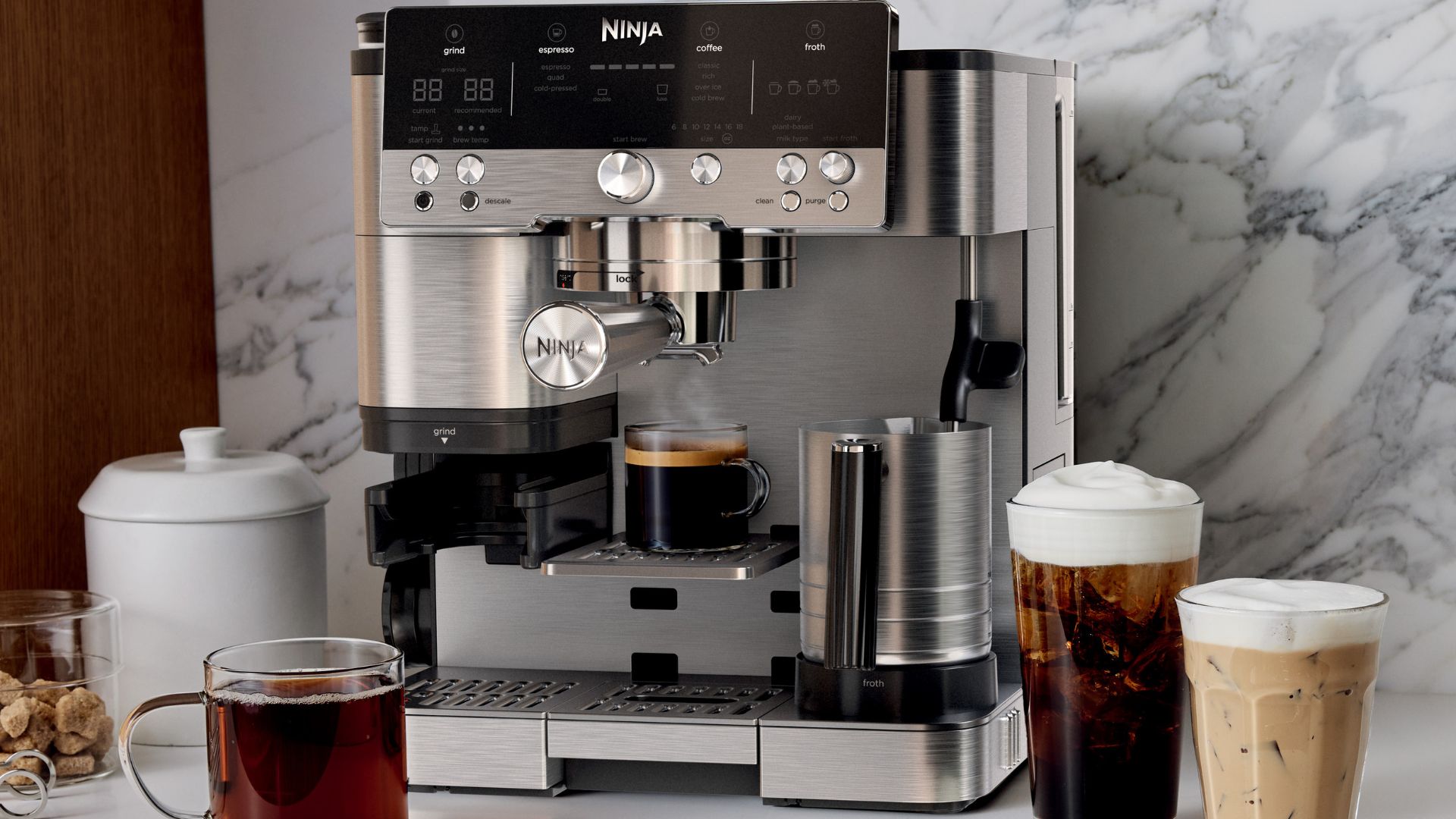
Don't wait for Prime Day — Ninja's Luxe Café coffee maker is 15% off this 4th of July
By Millie Fender Last updated
-
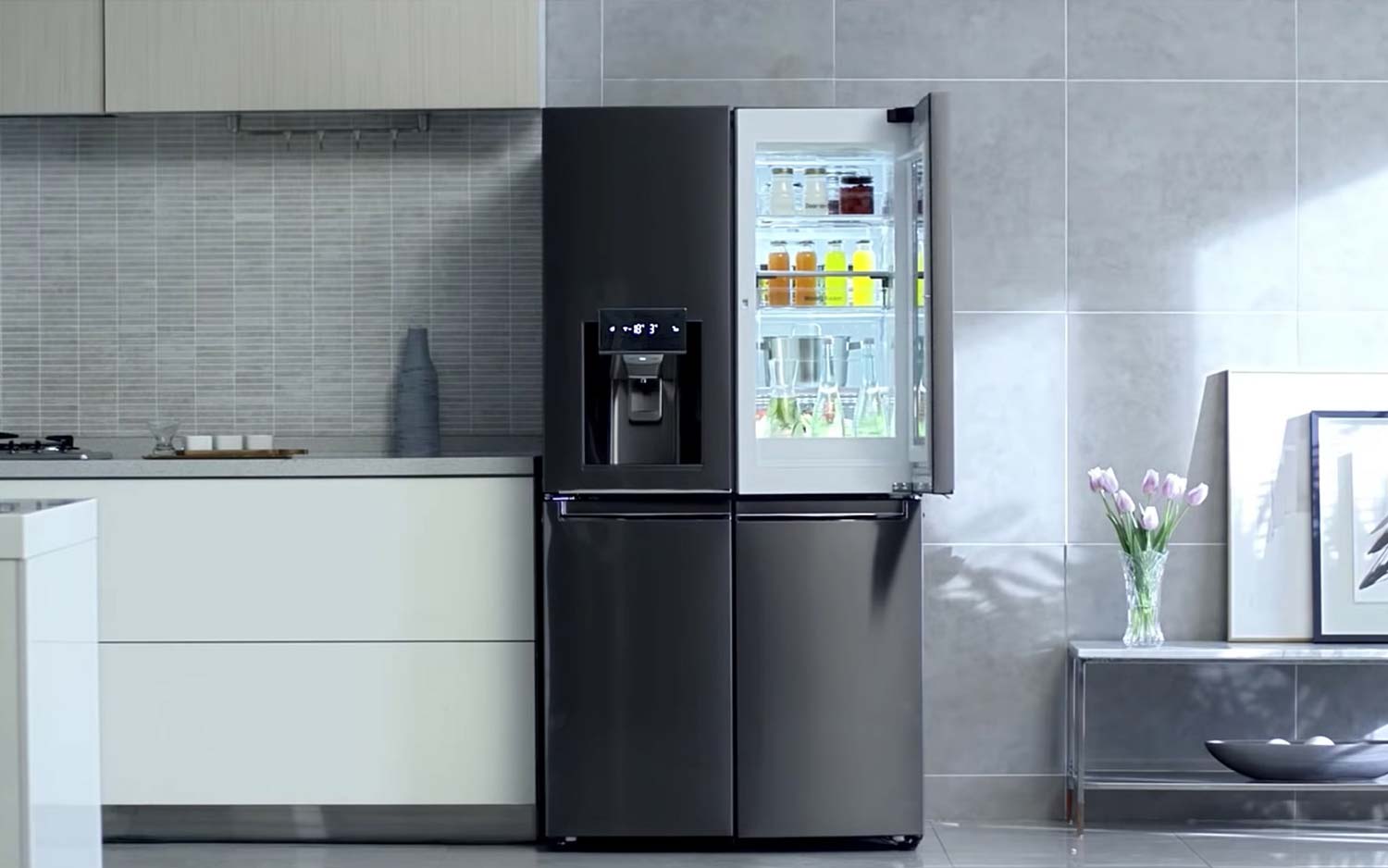
Best refrigerator sales and deals in July 2025
By Millie Davis-Williams Last updated
-
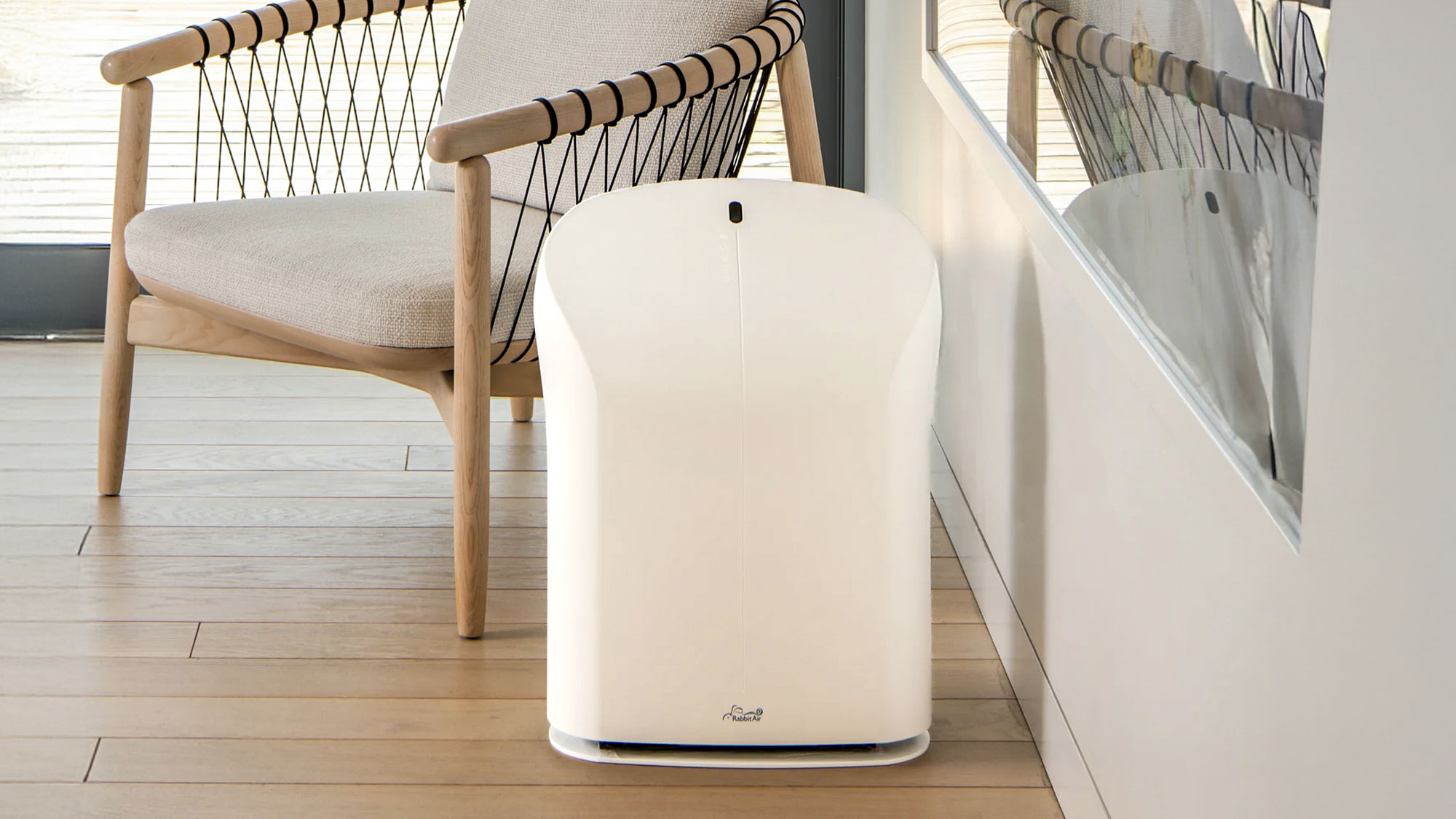
The Rabbit Air BioGS air purifier may be cheap, but it's quietly capable
By Brian Nadel Published
-
Home Office
-
-

Huge FlexiSpot sale knocks up to 65% off ahead of July 4
By Louis Ramirez Published
-

5 expert tips on how to declutter your home office — reduce stress and boost your focus
By Camilla Sharman Published
-
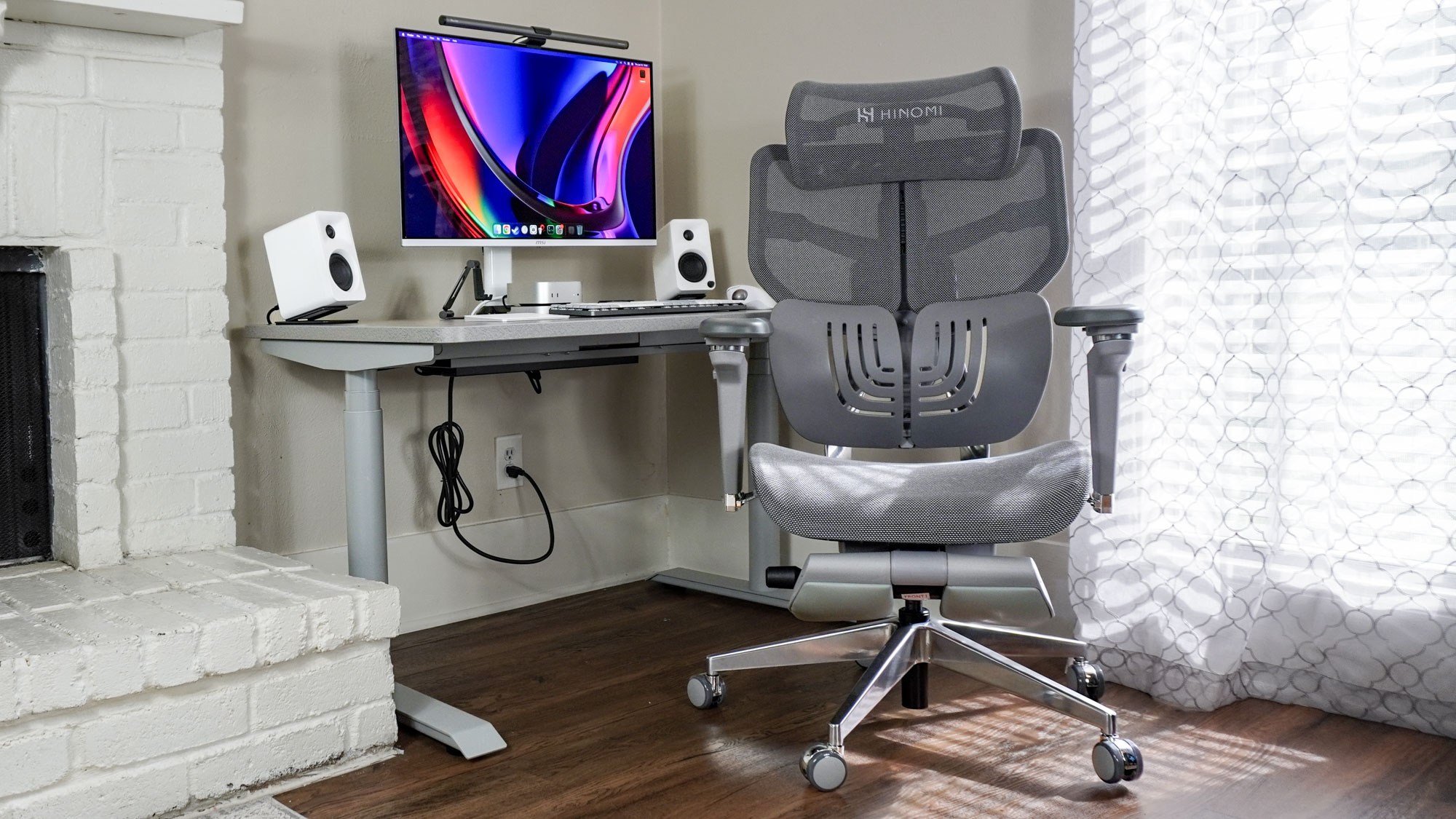
I spent over 5,000 hours testing all the best office chairs — here are my top picks TEST
By James Rivington Published
-
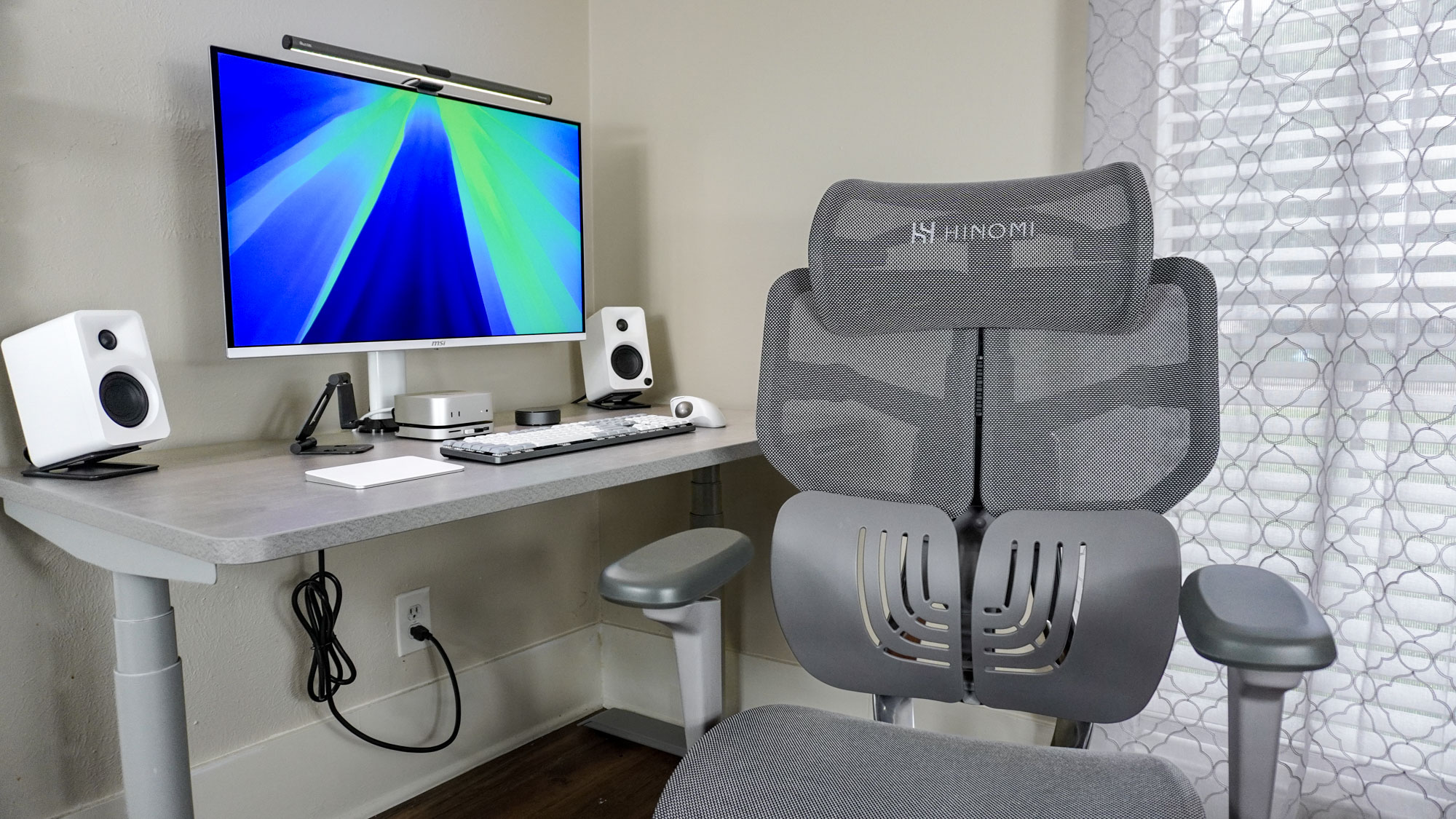
I tried an ergonomic office chair that cradled my lower and upper back so well it felt like I was in a cockpit
By Anthony Spadafora Last updated
-
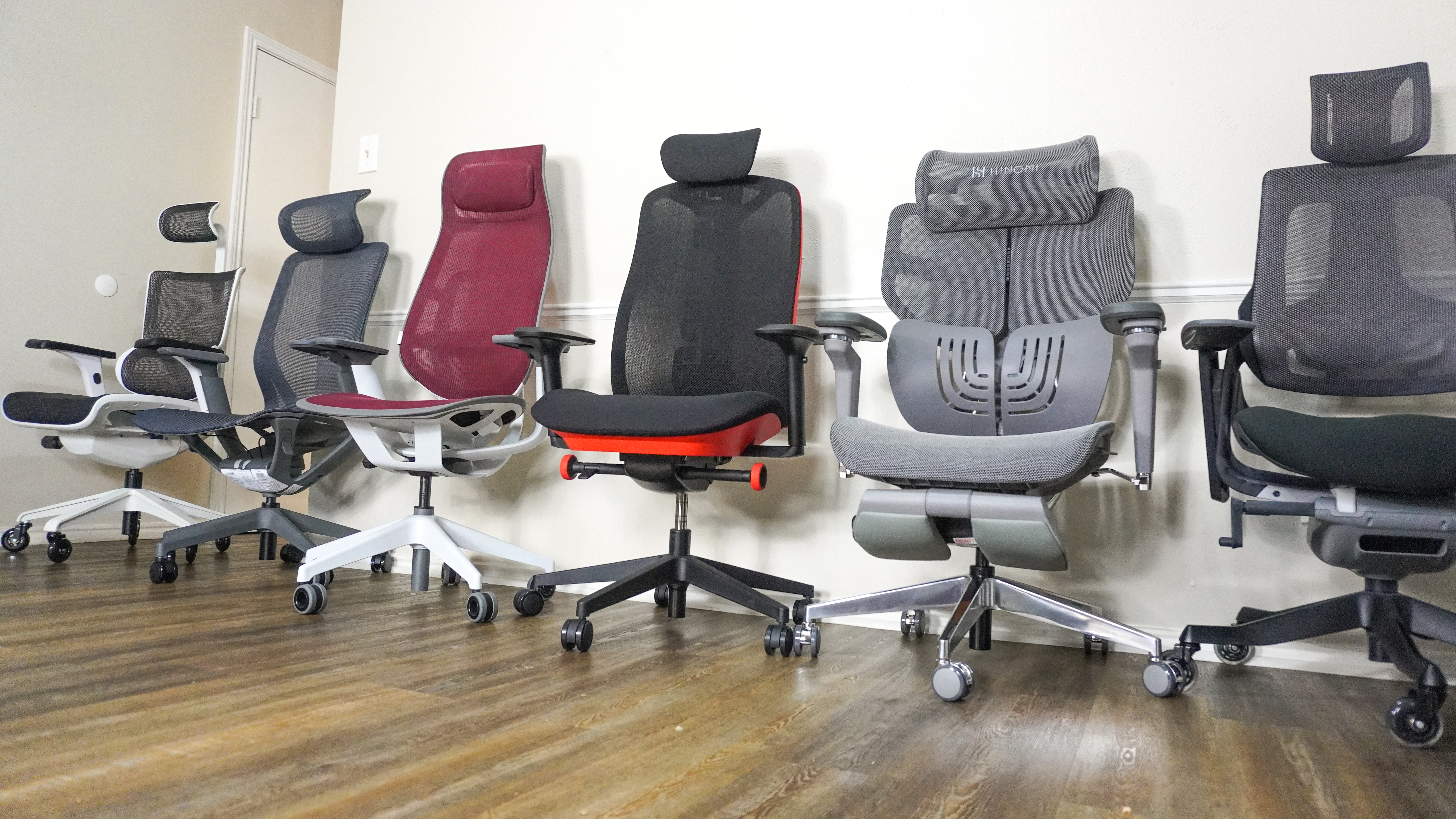
I spent over 5,000 hours testing all the best office chairs — here are my top picks
By Anthony Spadafora Last updated
-

I tried this wall-mounted folding desk — and it's a game changer for cramped spaces
By Dave LeClair Last updated
-

Hurry! Epic Steelcase sale knocks up to 25% off ahead of Memorial Day
By Louis Ramirez Published
-
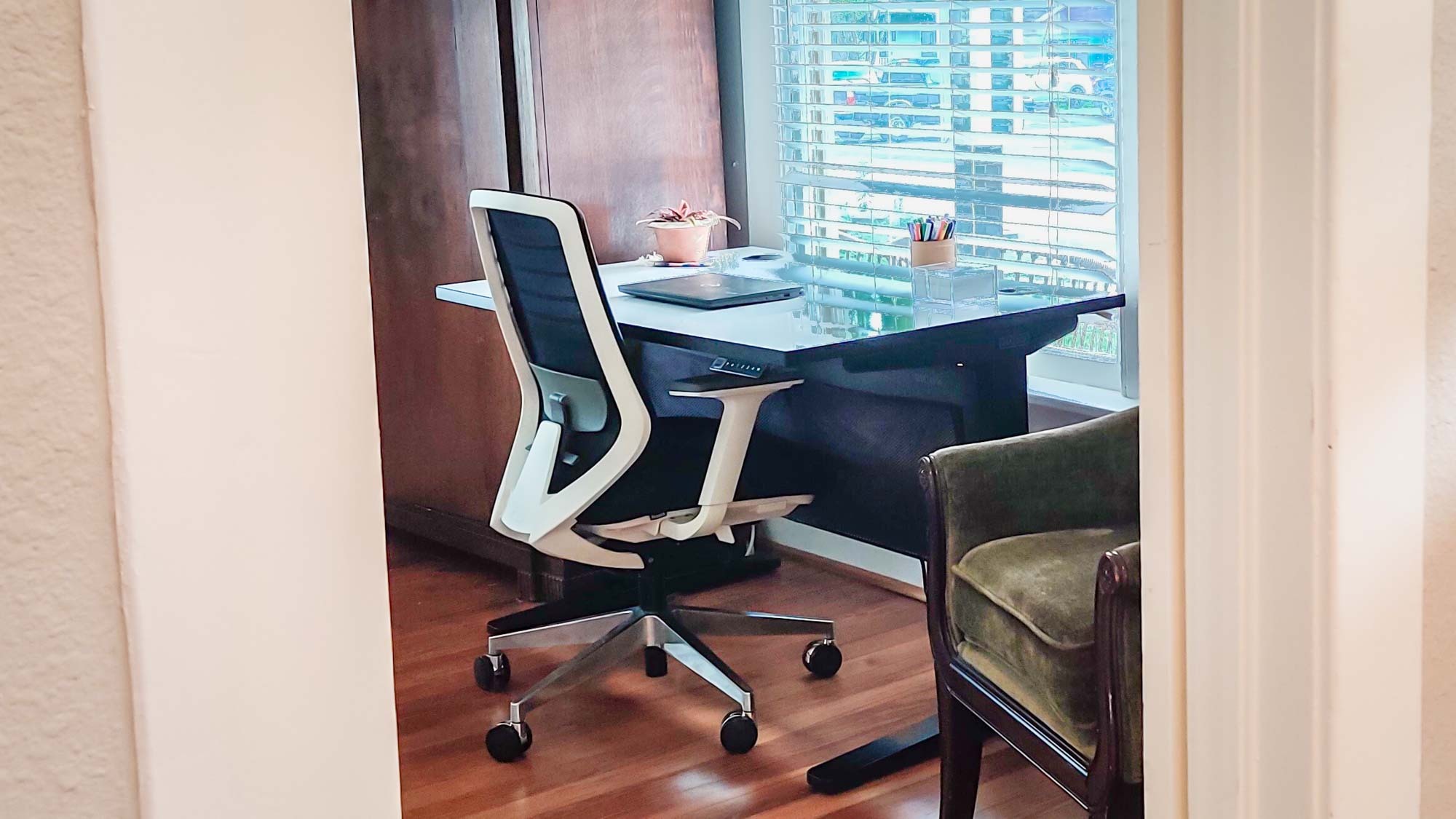
Best budget office chairs of 2025: Impressive chairs for a much lower price
By Anthony Spadafora Last updated
-

This gaming chair has been a game-changer for my productivity – here's why
By Alex Wawro Published
-
Home Security
-
-

Hidden cameras in hotels and Airbnbs are more common than you think — 5 ways to protect your privacy
By Kaycee Hill Published
-
 3% OFF
3% OFFReolink Promo Codes
By Nathan Walters Published
-
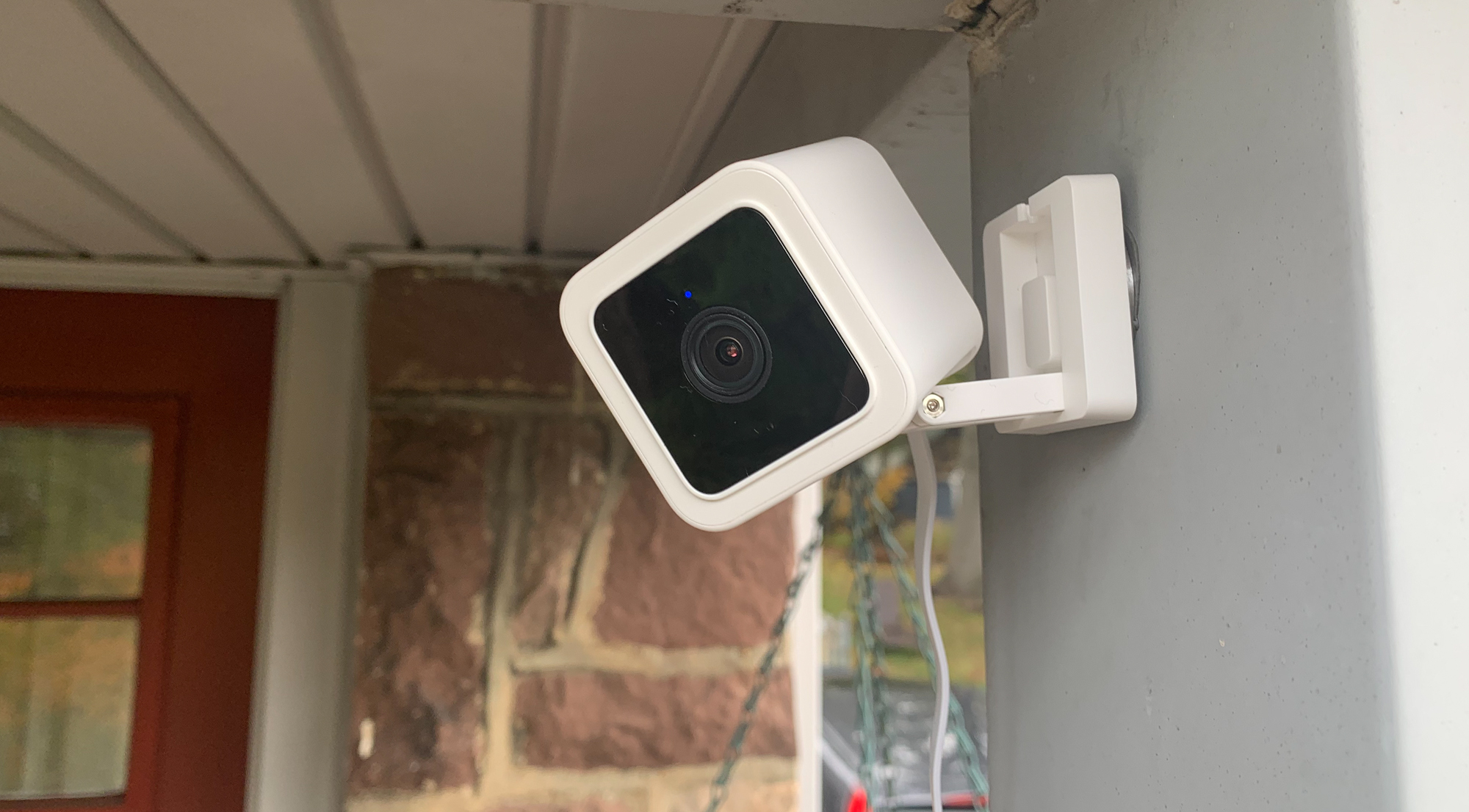
Wyze security cameras are (finally) getting a lot more secure - here's how
By Mike Prospero Published
-

Wyze Bulb Cam is a smart bulb with a security camera attached — what you need to know
By Tom Pritchard Published
-

7 smart home gadgets that watch your house for you — so you can actually enjoy your vacation
By Amber Bouman Last updated
-
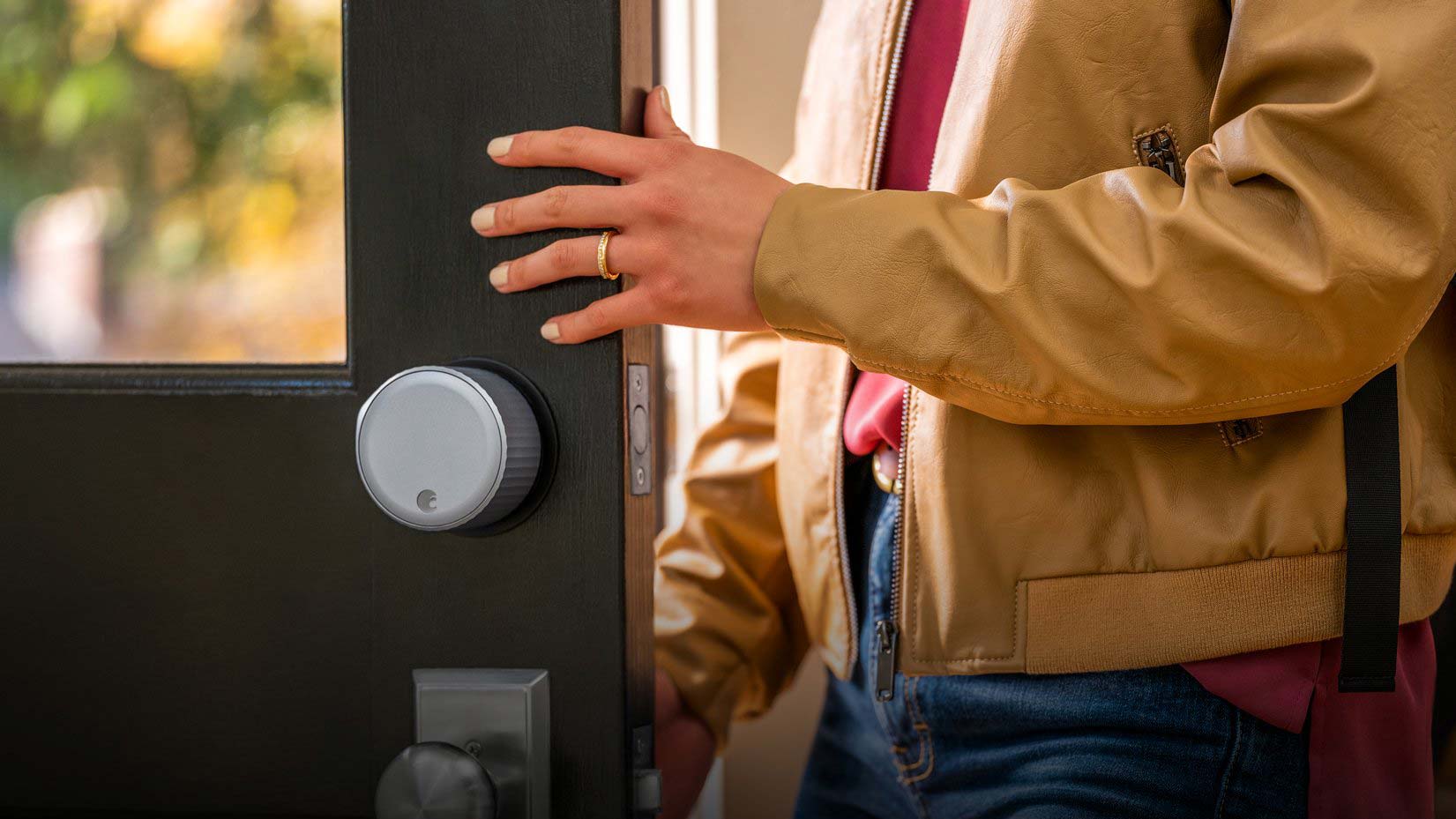
The best smart locks in 2025
By Mike Prospero Last updated
-

Arlo's cheapest home security cameras just got a big upgrade for Apple users
By Mike Prospero Published
-

Wyze adds AI-powered filter to its security cameras to cut down on notifications that are “no big deal”
By Amber Bouman Published
-

I tried a physical panic button for 48 hours — and this tiny device already makes me feel safer
By Amber Bouman Published
-
Outdoors
-
-

How to keep bees out of hummingbird feeders — 5 expert methods to help them thrive
By Camilla Sharman Published
-

Forget Amazon Prime Day — I'm obsessed with REI's Patagonia sale right now
By Erin Bashford Last updated
-

This mosquito vaporizing gadget takes pests down with LiDAR-guided lasers in up to 6-meter kill zone
By Alyse Stanley Published
-

Deter wasps naturally — this fragrant plant is my secret weapon for keeping pests away from my yard
By Camilla Sharman Published
-

This amazing robot lawn mower is cutting my grass for me right now — and it's $900 off for Prime Day
By Dave LeClair Published
-

9 low-maintenance yard plants that are impossible to kill
By Madeleine Streets Published
-

Chill out! This Ninja FrostVault cooler deal is ice cold — and up to 24% off
By Dave LeClair Published
-

The Ninja Artisan Pizza Oven has never been cheaper — save $100 in this early Prime Day deal
By Millie Fender Published
-

4th of July sales knock 50% off grills and patio furniture — 31 deals worth grabbing today
By Olivia Halevy Published
-
Smart Home
-
-

Get two for under $20 — Anker's SmartTrack link 2-pack is an affordable AirTag alternative
By Dave LeClair Published
-

Huge Ring Prime Day sale — 7 deals I’d shop with up to 50% off doorbells, cameras and alarm systems
By Millie Davis-Williams Last updated
-

I spent a day in LG's Smart Cottage — is this the future of smart homes?
By Millie Fender Published
-
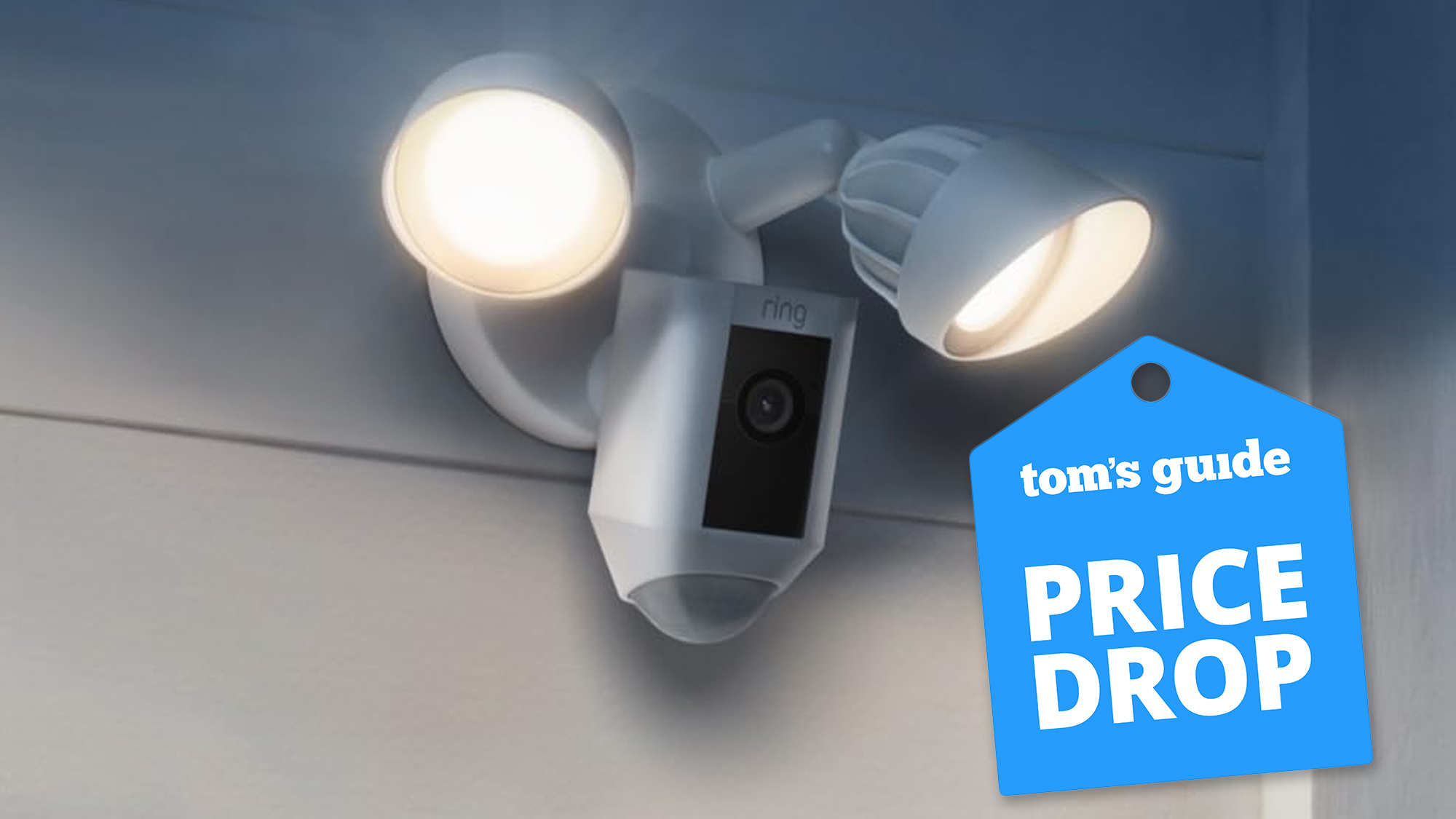
Get the Ring Floodlight Cam Wired Plus for $99 in this early Prime Day deal
By Dave LeClair Published
-

Never miss a Prime Day deal — how to set up notifications on your Alexa device
By Kaycee Hill Published
-
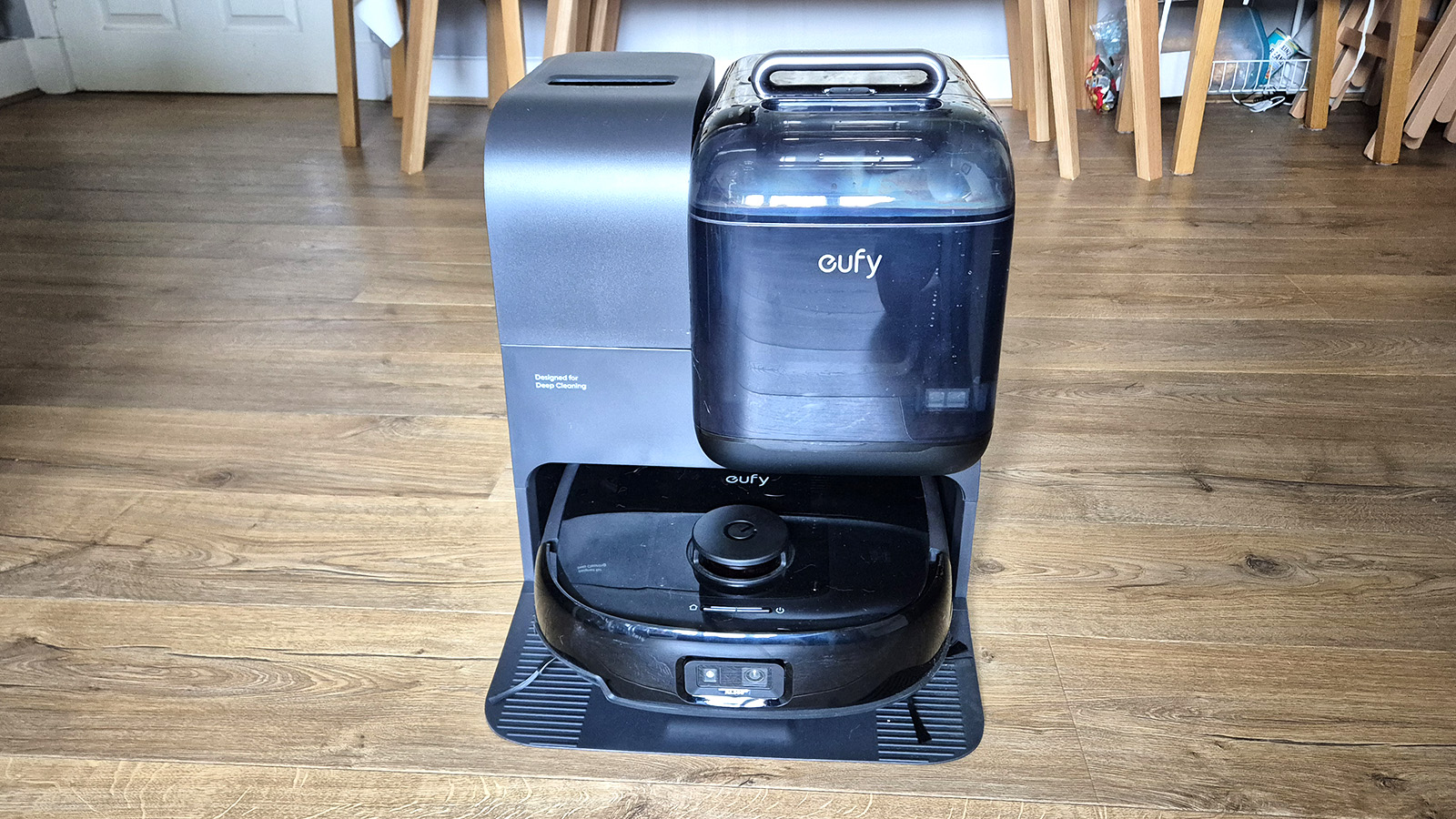
I tested Eufy's E28 3-in-1 robot vacuum, and it's a triple threat for quick cleaning
By Matt Ng Published
-

I've been testing smart air conditioners for more than 7 years — here's my top 3 picks to keep your house cool this summer
By Mike Prospero Last updated
-
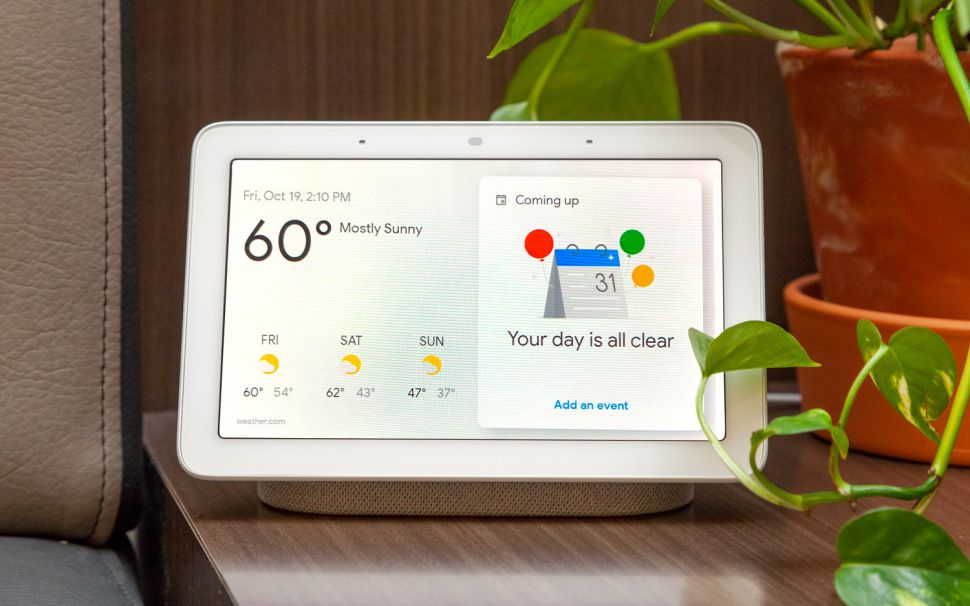
Google makes it easier to let family members use smart home devices
By Scott Younker Published
-

FeatherSnap Scout Bird Feeder review
By Dan Cavallari Published
-
More about Home
-
-

Huge Ring Prime Day sale — 7 deals I’d shop with up to 50% off doorbells, cameras and alarm systems
By Millie Davis-Williams Last updated
-

Could this $249 espresso machine be one of the cheapest ways to get decent espresso? Yes, but there's a catch
By Erin Bashford Published
-

Deter wasps naturally — this fragrant plant is my secret weapon for keeping pests away from my yard
By Camilla Sharman Published
-